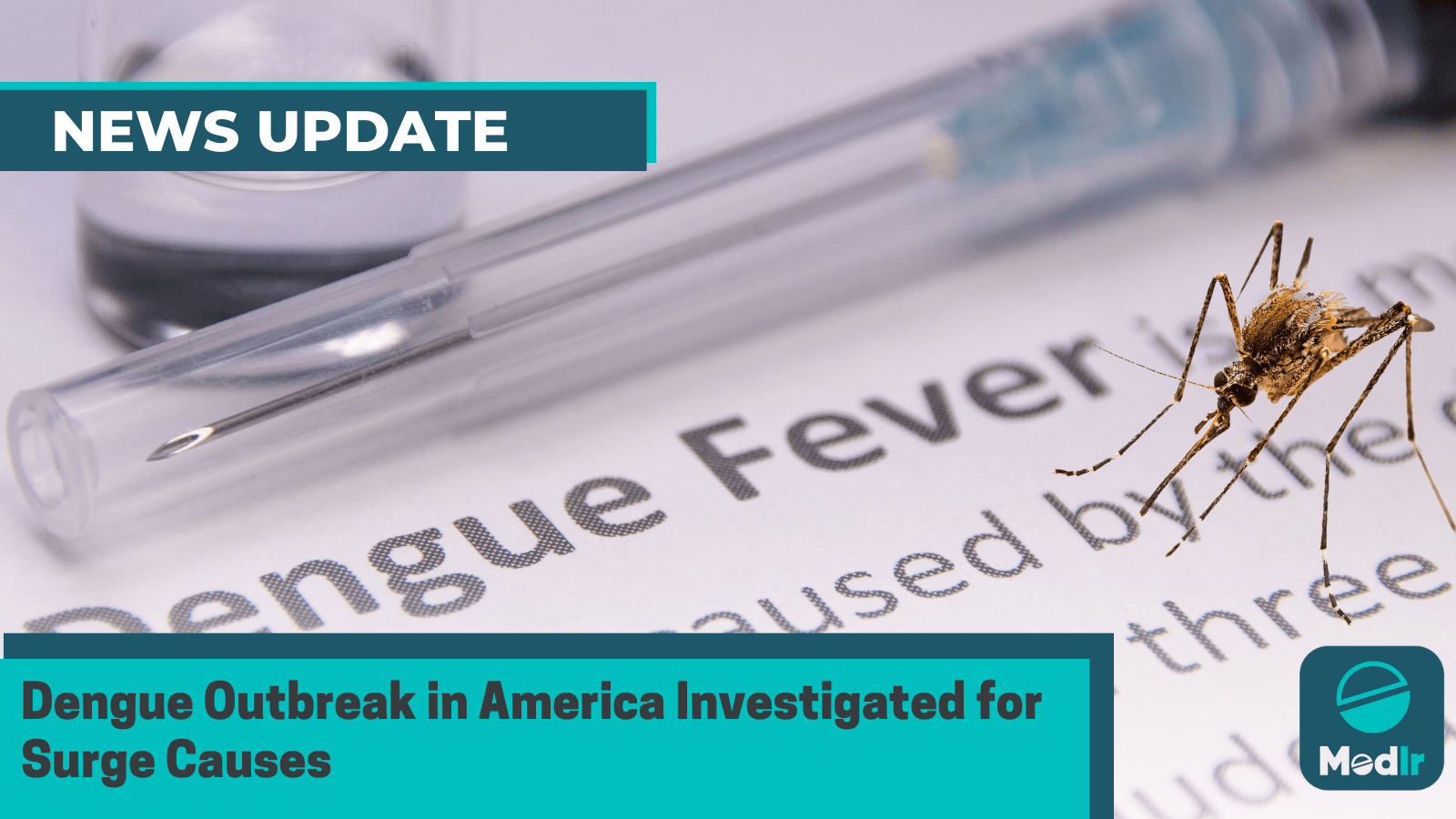Dengue Outbreak in America Investigated for Surge Causes
Written by Arushi Sharma, Jaskiran Walia
Amidst the rising cases of Dengue fever across America, health authorities have launched a comprehensive investigation to determine the root causes behind the sudden surge.

Dengue fever cases in the United States have risen dramatically, surpassing three million. The primary cause is investigated in a study published in the journal Nature.
This year, there have been over three million Dengue cases in America, making it the second-highest annual incidence since 1980.
The main reasons for the increase in dengue cases in America are revealed in a recent Nature article.
According to Cláudia Codeço, an epidemiologist at the Oswaldo Cruz Foundation, “We do observe an increase in cases beyond what was expected for this period.”
The spread of the illness in Central and North America will determine if the record-breaking 3.2 million cases reported in 2019 will be surpassed in 2023.
The complexity of dengue, which is transmitted by four closely related viruses, makes pinpointing the source of the outbreak difficult.
Codeço explains -
“There is an interaction between these serotypes, with the immunity against one interfering with the others. When we put this together, it can lead to unpredictable dynamics.”
Dengue fever is becoming more common as temperatures rise and rainfall patterns change. The Aedes aegypti mosquito thrives in temperatures of 30°C, which is common due to exceptional heat records. Dengue has no specific treatment; severe cases can be fatal, killing 1,300 people in the Americas.
Dengue spreads to new areas without A. aegypti, with Southern Brazil experiencing 2.4 million cases and 481 towns experiencing local transmission for the first time in five years. In 2015, Mexico City experienced its first A. aegypti incursion at 2,240 meters.
“If you read books about the biology of the Aedes aegypti, they say the mosquito doesn’t reproduce at altitudes above 1,200 meters,” says José Ramos-Castañeda, a virologist at the Mexican National Institute of Public Health in Cuernavaca. “In that aspect, global warming is affecting the distribution of the vector and therefore the possible distribution of cases.”
University of Michigan researchers examined dengue epidemic likelihood in the late 2040s. According to computational epidemiologist Andrew Brouwer, one of the study’s authors, “What we found was that the epidemic potential was higher than today, regardless of the specific climate-change scenario.” He claims that “in most places, we’ve seen a 10–20% increase in the epidemic potential.”
Vectors and pathogens will expand to new areas globally, including both hemispheres. Dengue transmission reported in Florida, Texas, and Arizona, United States.
El Niño weather event with extreme temperatures, droughts, and floods can worsen dengue transmission. Tedros Adhanom Ghebreyesus, the head of the World Health Organization, issued a warning about the phenomena in late June, saying it “could increase transmission of dengue and other so-called arboviruses like Zika and chikungunya.”
Central and North America will likely be impacted during their rainy season. Efforts to control dengue include eliminating mosquito breeding grounds, using traps and pesticides, and exploring disease-resistant mosquitoes.
Ramos-Castaeda emphasizes that while all of these strategies might be helpful, “the thing that could really impact the transmission is immunity in the population.” Two dengue vaccines gained approval in specific regions since 2015, but their limited use is due to effectiveness, safety concerns, and high costs.